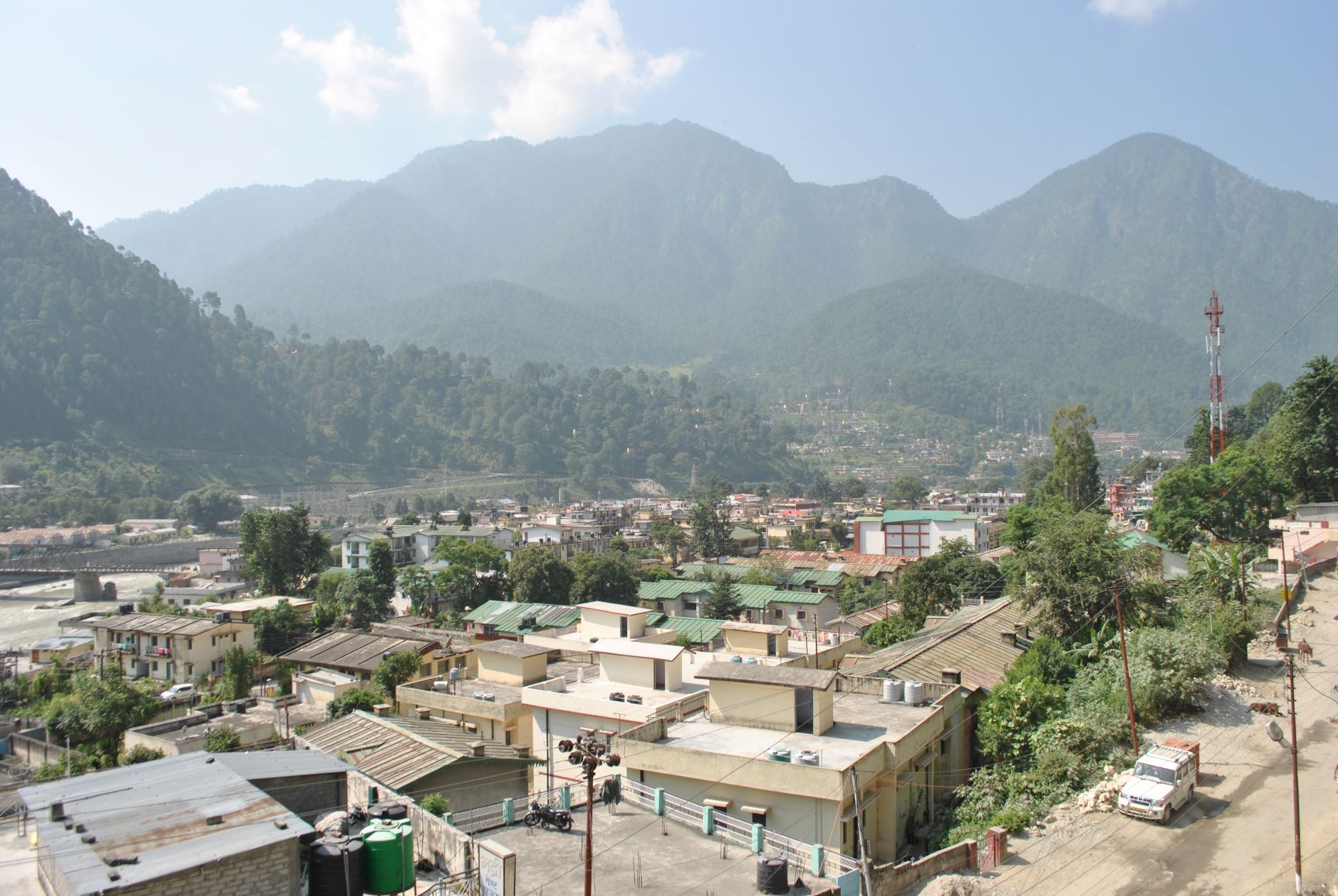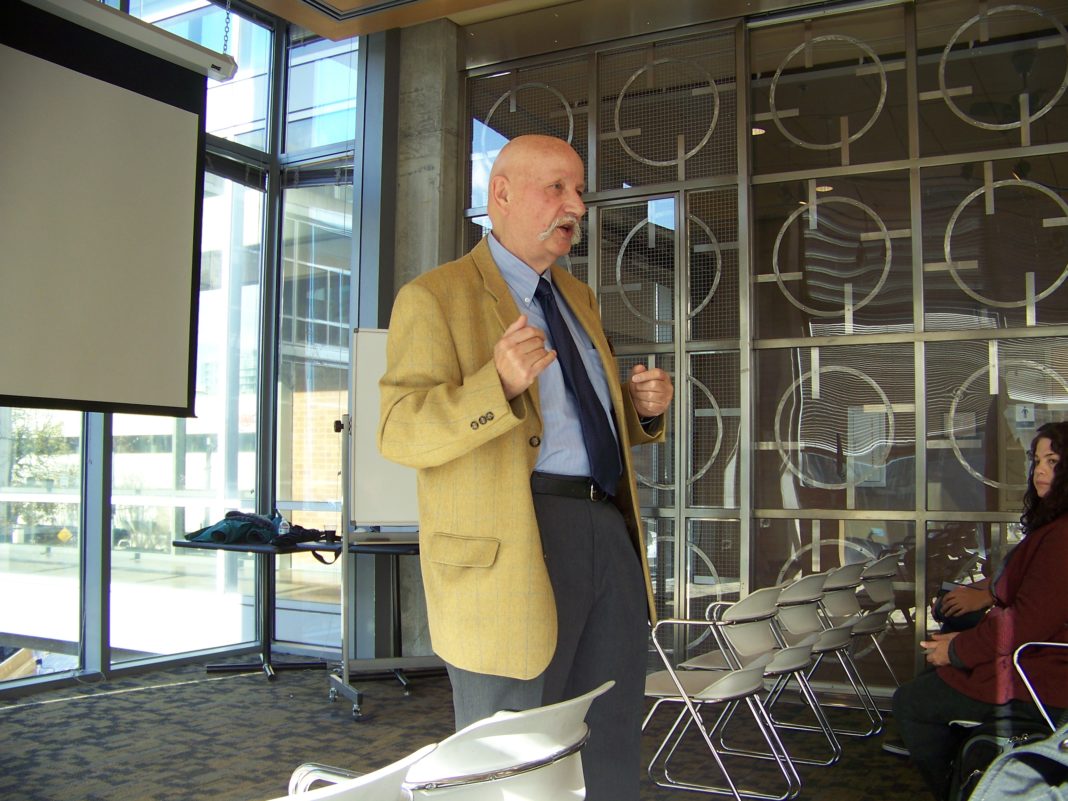Though not directly involved in Russia’s invasion of Ukraine, Peru is not immune to being affected by the ramifications of global conflict. Peru has faced rising fuel and fertilizer prices, so much so that March 2022 marked Peru’s highest inflation rate in over two decades. Prices rose 1.48% throughout March—the highest seen since a 1.53% increase recorded in February 1996, according to data provided by the Peruvian central bank. Fuel prices have also inflated in the United States since the conflict broke out, with Oregon’s average gas price peaking at nearly $4.74 on March 11, breaking the previous record for highest gas price average set in 2008.
In an attempt to combat the rising inflation rates and outrageous fuel prices, the Peruvian Ministry of Economy and Finance announced a decision on Sunday, April 3 to suspend taxes on the country’s most consumed fuels.
Gas taxes were suspended on 84 and 90 octane gasoline—called gasohol—as well as certain types of diesel. The tax will be suspended until June 30 with a possible extension to December. The government claimed subsidies would prevent a rise of S/.3 (3 soles, or 81 cents USD) per gallon for diesel and S/.5 (5 soles, or $1.35 USD) for the price of 10-kilogram gas cylinders.
The Peruvian economy minister told Reuters that conflict in Ukraine was one of the biggest threats to the Peruvian economy. Peruvian truckers and farmers have been protesting the gas prices, and have been worried about another spike.
In an attempt to curb the ongoing protests, Peruvian President Pedro Castillo enacted a curfew lasting from 2 a.m. Monday, April 4, until 11:59 p.m. Tuesday, April 5 in Lima, Peru’s capital.
“The cabinet has agreed to declare a ban on the mobility of citizens from 2 a.m. through 11:59 p.m. of Tuesday, April 5 to protect the fundamental rights of all people,” said Castillo, in a nationwide address broadcast just before midnight.
Castillo survived two impeachment attempts in his first eight months in office, and has seen his nationwide support dwindle to 25%, despite his overwhelming support from rural farmers at the time of his election.
Monday saw increasingly violent protests with police clashes and toll booths burnt down in the southern city of Ica, with four reported deaths.
“This strike isn’t happening just here, it’s all over Peru,” said one protestor in Ica who wished to remain anonymous.
Food has also seen rapid inflation as a byproduct of the protests, with several truckers blocking main highways to Lima throughout the past week.
Castillo’s curfew did not last until its set termination of 11:59 p.m. on Tuesday. Castillo’s attempt to curb civil unrest was met with new protests on Tuesday, in defiance of the curfew.
“I must announce that from this moment on we are going to cancel the curfew order,” Castillo said in a meeting with Congress. “We now call on the Peruvian people to keep calm.”
The people of Lima took to the streets to oppose what they called a violation of their civil liberties—and what the government called a necessary action to prevent lootings. Several government buildings reported looting overnight as people began to defy the curfew into the morning of Tuesday.
On Wednesday, April 6, Peruvian authorities announced that a fifth person had died during the protests. According to a union representing agricultural workers in Ica, the man died during clashes with the police force. As authorities continue to struggle with clearing the highways to Lima—essential for food transport—Castillo fended off calls for resignation from his opposition and local news.
Marcelo Gonzales, an activist living in the desert coastal village of Villacuri, spoke with Reuters about the ongoing crisis.
“The cost of a family’s basic daily needs has brutally gone up,” Gonzales said.
Being from a village that employs many Peruvians in large fruit plantations, Gonzales led protestors 150 miles north to participate in blocking the nation’s most important highways, demanding lower prices in vegetable oil, chicken, rice and cooking gas.
“We are not against the President,” said Gonzales. “We are against Congress, which is very concerned about impeachments but never works for the people.”
Gonzales’ words stem from a common impeachment trend in Peru, which has claimed five presidents since 2016.
The Pan-American Highway is now open, following a 48-hour truce which was slated to end on Saturday, April 9. Gonzales plans to continue the blockade after the truce unless the government commits to lowering prices.
“We want to change the Constitution, specifically to change the part that says the government cannot control the prices set by private companies,” Gonzales said.






